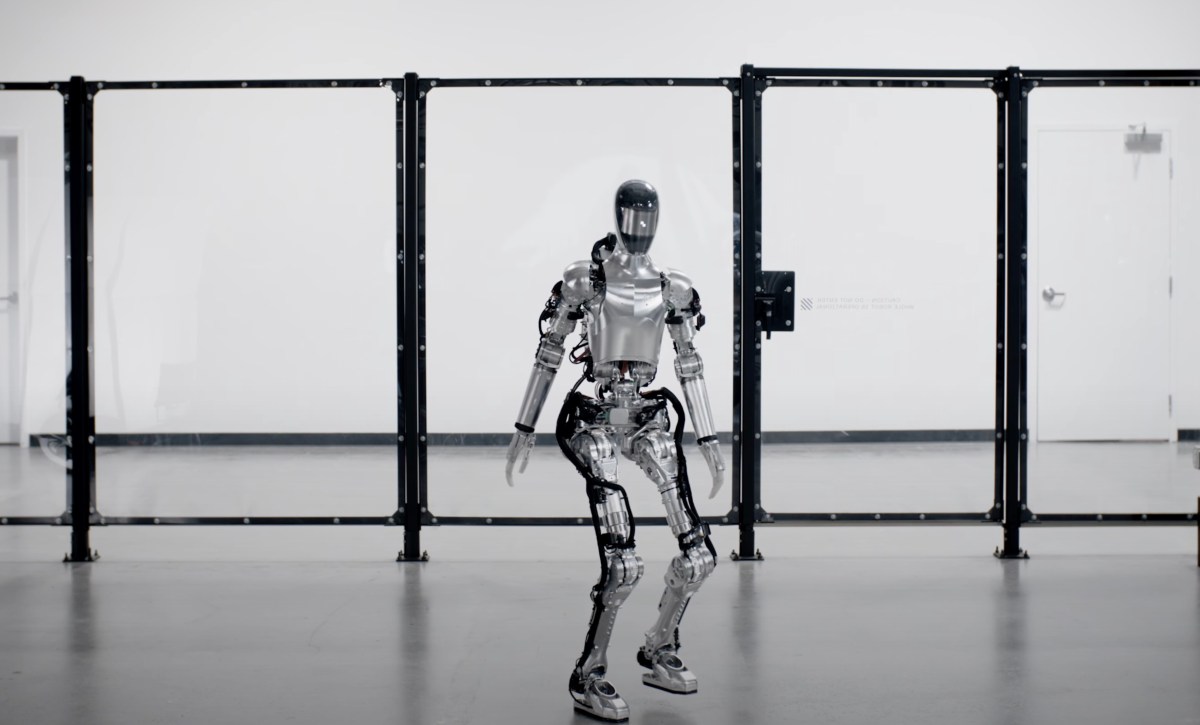Figure AI Issues Cease-and-Desist Letters to Brokers in Secondary Markets

Figure AI’s Controversial Standing in the Secondary Market
Introduction to Figure AI’s Stock Situation
Recently, Brett Adcock, the founder of the robotics startup Figure AI, announced via a post on social media platform X that his company is now the "most sought-after private stock in the secondary market." However, this claim comes amid a flurry of cease-and-desist letters sent by Figure AI to at least two brokerage firms operating in secondary marketplaces. These correspondences demand that the brokers cease their promotion of Figure AI’s stock.
Cease-and-Desist Letters
Both brokers who received these letters shared their experiences with TechCrunch. The letters were issued after a report from Bloomberg suggested that Figure AI was looking to raise $1.5 billion at a striking valuation of $39.5 billion. This valuation represents a significant increase from the previous $2.6 billion valuation just a year ago, indicating rapid growth and investor interest in the company.
A representative from Figure AI explained that these letters are standard practice to protect the company’s interests. They aim to halt any unauthorized broker activity regarding the sale of Figure’s shares. "When we discovered an unauthorized third-party broker was marketing Figure shares without approval from the Board of Directors, the company sent a cease and desist asking them to stop," the spokesperson stated. The firm emphasizes that trading on secondary markets must have board authorization to maintain control over its stock sales.
Understanding Marketplace Limitations
As a private company, Figure AI’s stock is not as easily traded by its investors without a company-approved event. This limitation is a primary reason why secondary markets have emerged, offering alternative routes for investors looking to liquidate their shares ahead of an initial public offering (IPO). Some secondary platforms provide loans backed by startup shares, allowing shareholders to access cash even before the company goes public.
Motivations Behind Cease-and-Desist Actions
The brokers also speculated on the reasons some CEOs, including those at Figure AI, disapprove of share sales in these secondary markets. They suggested that existing shareholders want to sell their stock at a price that aligns with the hopeful $39.5 billion valuation. Selling shares at a lower price in the secondary market may potentially undermine the appeal of a new equity funding round.
Sim Desai, the founder and CEO of secondary shares marketplace Hiive, remarked that companies often view secondary sales as a zero-sum game. He challenged this perspective by arguing that robust trading in the secondary market could, in fact, generate more interest in primary shares during new funding rounds.
Price versus Demand Dynamics
Desai also highlighted that if a company struggles to sell its shares, it may not simply be due to a lack of buyers but may instead stem from issues around pricing and valuation. "If someone is having a hard time selling something, it’s merely a function of price and valuation rather than availability of capital," Desai noted.
Recent Developments and Future Uncertainties
Figure AI is currently under scrutiny following various news stories that discuss its developments, including their collaboration with BMW. In one case, the company reacted strongly to perceived inaccuracies in reporting, even hinting at potential legal action against those publications.
As for what lies ahead for Figure AI—regarding fundraising amounts and future valuations—remains uncertain. The landscape for existing investors seeking to cash out through secondary transactions is still to be determined. As Figure AI continues its journey in the competitive robotics sector, the decisions it makes regarding its stock and secondary market activities will be closely watched.





